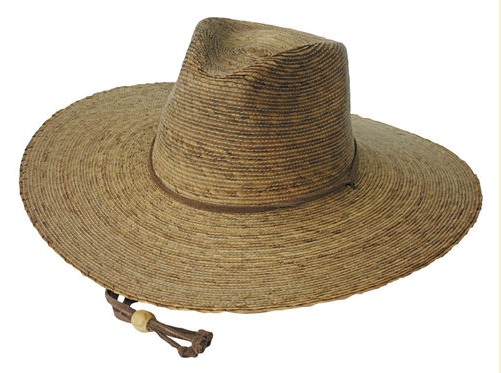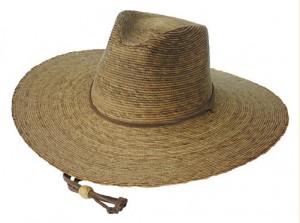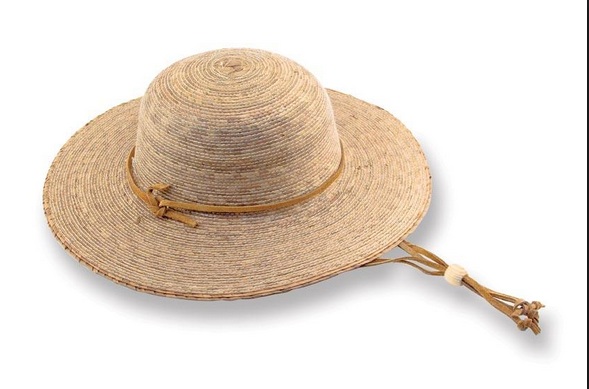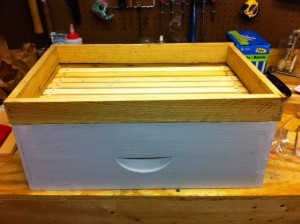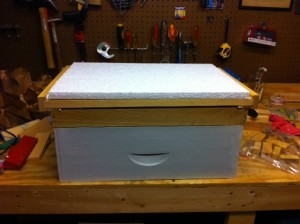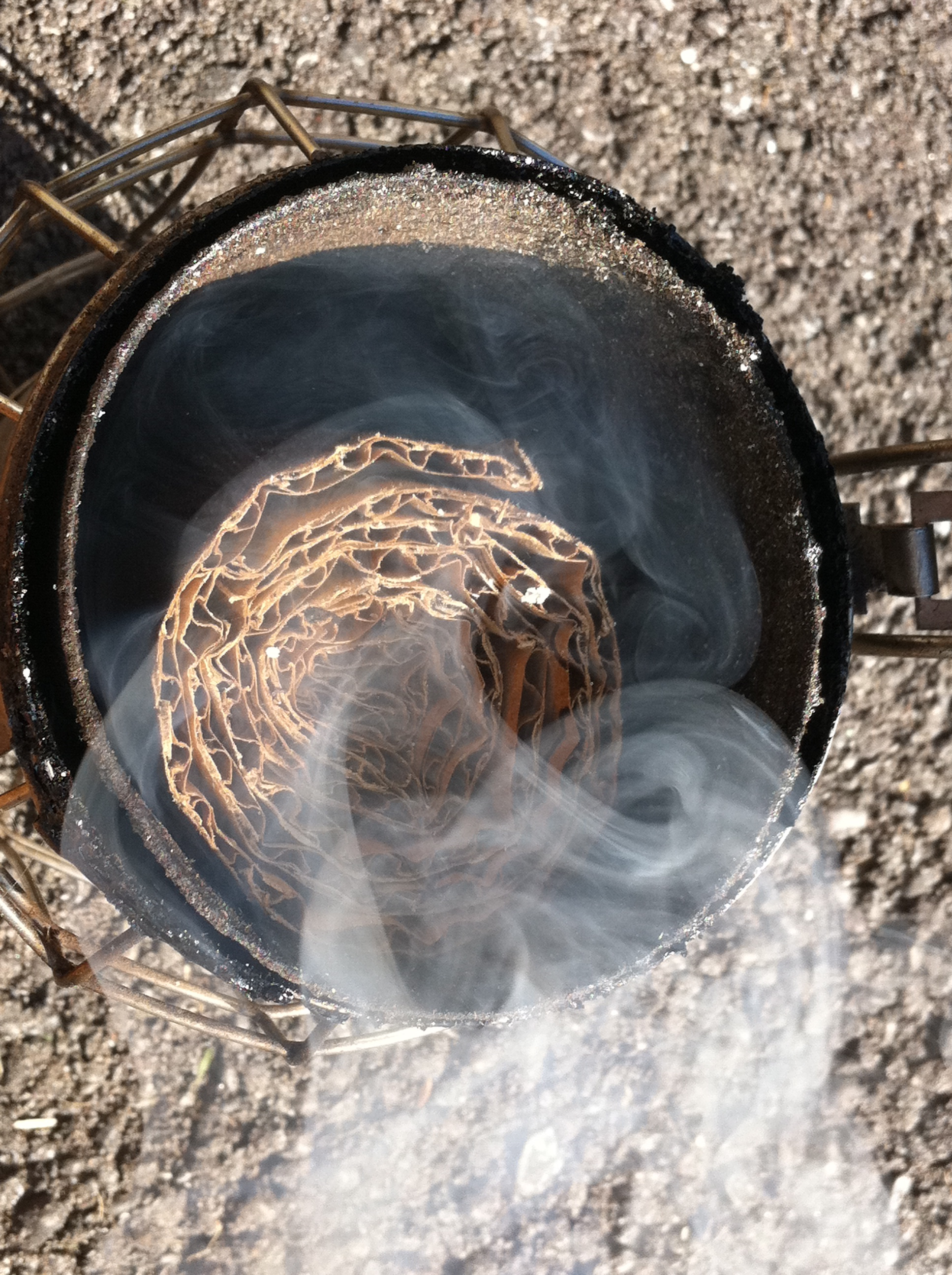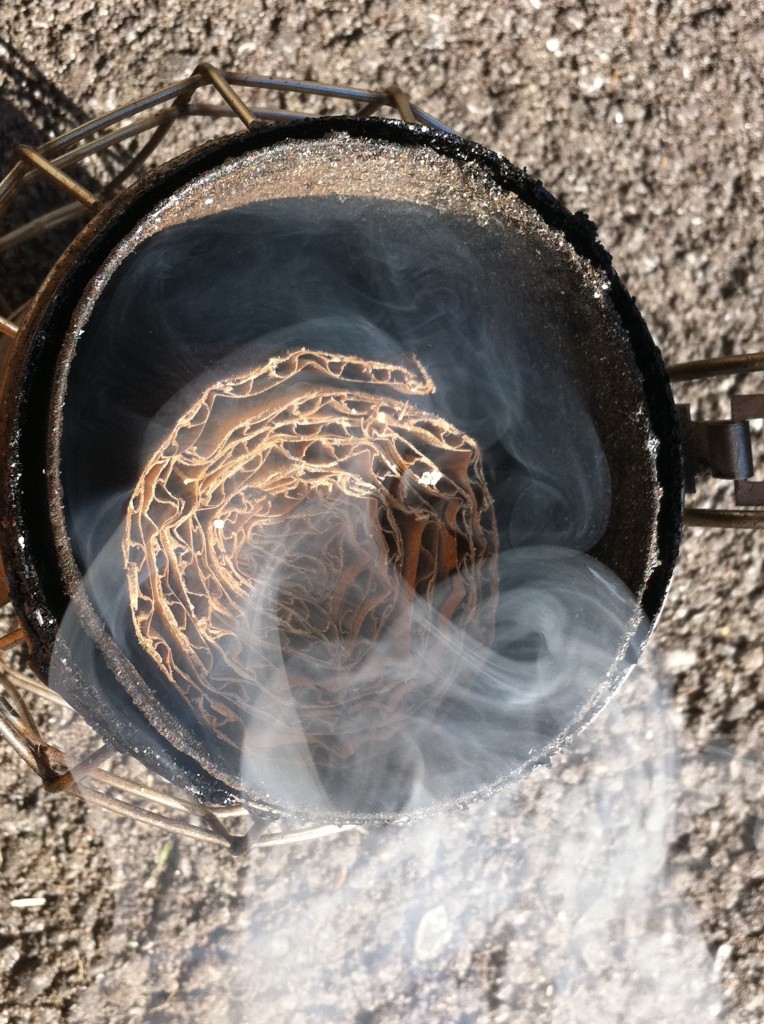I woke in the night worried about the bees in my three nucs (a “nuc” is a small hive—usually composed of 5 frames rather than 8 or 10—and is the abbreviated form for “nucleus” hive). It’s getting cold. Tonight’s temperatures will be in the 30s with highs today reaching only into the 40s. And the few bees in a nuc have trouble enough heating the hive. To make matters worse, I’ve kept an empty box on top of each nuc so I can fit a feeder jar…which translates into an entire box of dead space for the bees to heat. This is asking too much of them.
So, in the dark of the night, I decided to construct an inner cover for each nuc…one with a hole in the center through which I can still feed. In other words, I’ll construct a fitted plywood inner cover with a hole cut from the center; I’ll place that new cover directly over the 5 frames…which should keep the heat generated by the bees concentrated in the lower box; then I’ll place the feeder jar of syrup over the hole so that when the weather is warmer and the bees break cluster, they can eat from it; the empty box surrounding the feeder won’t need to be heated.
I have a rockin’ table saw and an ancient jig saw, so why on earth hadn’t I yet thought of constructing my own inner cover with a feeder hole for those nucs?! Sometimes, I am a dullard.

